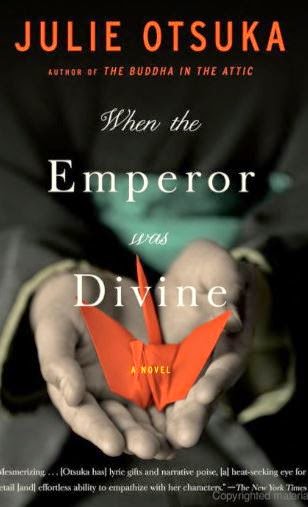Origami 折り紙 is
a Japanese word and has its roots in Japanese craft. Origami from ori meaning
"folding", and kami meaning
"paper", is a paper-folding
art. This art has been around for hundreds of years but in the twentieth
century, a Japanese folder named Yoshizawa created thousands of new designs. He brought a new level of life and
beauty to the art form, he
created a language, a way we can communicate.
Foer, Joshua. "Paper
Perfect." Virginia Quarterly Review 90.3
(2014): 12-19. Academic Search Complete. Web.
12 Feb. 2015.


In the dojo of the origami there
are only two rules: The folder may use just one sheet of square paper, and the
paper cannot be cut or torn in any way.
Origami was
easier before, since the most complex was 20 steps. These days patterns
require more than 100 steps. Origamists also toy with colors, using papers that
have designs or one color on the front and another on the back. This detail
adds another layer of complexity to the crease pattern, which must be designed
so that the final animal ends up with the right colors in the right places.
Kahn, Jennifer. "The Extreme Sport Of
Origami." Discover 27.7 (2006): 60. MasterFILE
Complete. Web. 7 Mar. 2015.
The first Westerner ever invited to address the Nippon Origami
Association’s annual meeting was in 1992. His name is Robert Lang, and he is a
physicist and engineer. He has participated in international origami
conventions across the world. Dr. Lang’s uses mathematical and engineering
principles to produce origami folds and intricate designs once thought
impossible. His work has a wide range of practical and technical applications.
TEDTalks: Robert Lang?Idea Square = Origami. Films On Demand. Films Media
Group, 2008. Web. 12 Feb. 2015.<http://digital.films.com/PortalViewVideo.aspx?xtid=48124>.
Strange but True!!!, look at this boat made with paper...
"Strange But True." Scholastic News - Edition 3 71.16 (2015): 3. MasterFILE Complete. Web. 7 Mar. 2015
The professor taught us how to made a crane origami.
My first origami!!!!

Book: When the Emperor Was Divine
When the Emperor Was Divine tells a story of one Japanese American family’s experience in internment camps during World War Two. The story is told through the eyes of each of the four member of the family. One important detail, is the characters are nameless, while there are a lot of characters with Americans names. This represents the differences in the society between Americans and American-Japanese people, where they even can’t use their own names, which means the loss of Japanese’s identities and their loss of rights. The principal characters symbolize any American-Japanese in the U.S in that moment.
I would like to recommend this book because it tells a part of the history of the U.S that is not well known for all. You can learn how they were treated and considered enemies aliens, only based in their origins. Throughout the reading, you can feel the sufferings and humiliations received by that family. The father's agonizing narration in the last pages of the book, touched me so much, because you can feel in your bones the torture suffered by him. Without alternatives, he declared falsely to be a spy, because that was what the Americans wanted to hear. The father, his family -like other thousands of families- will never be the same.






